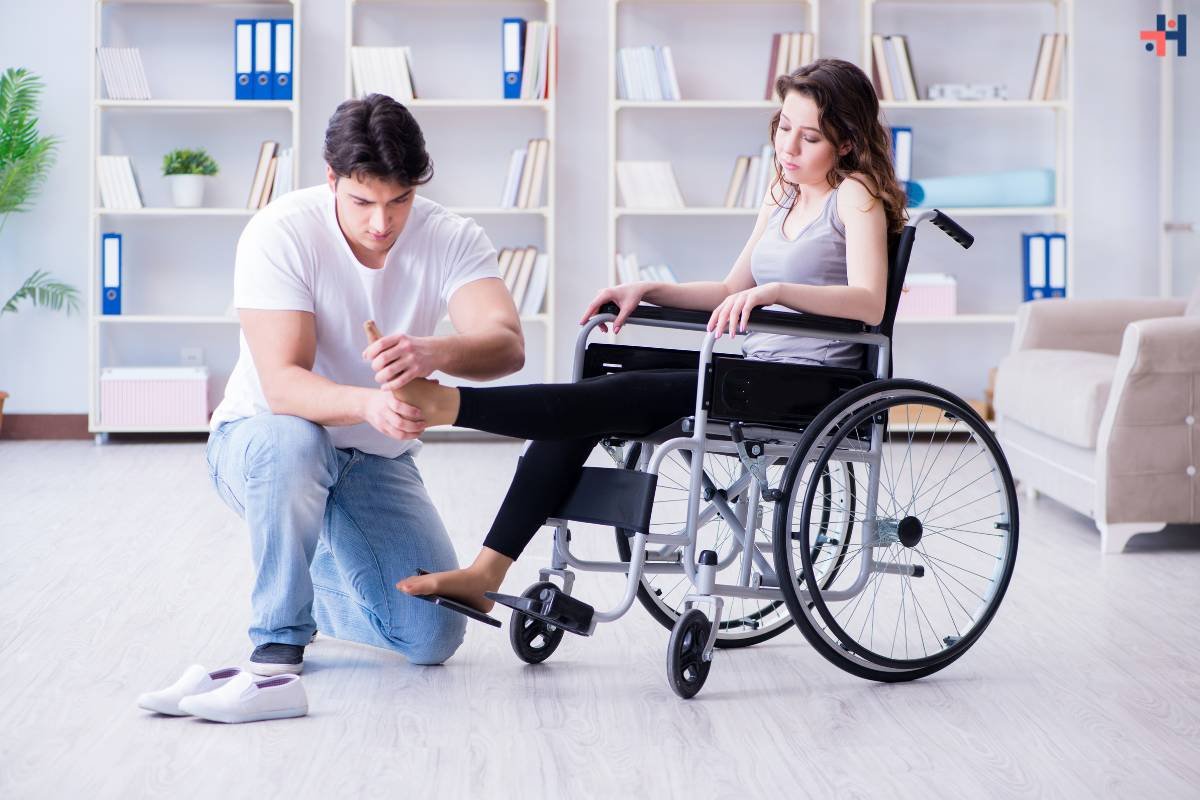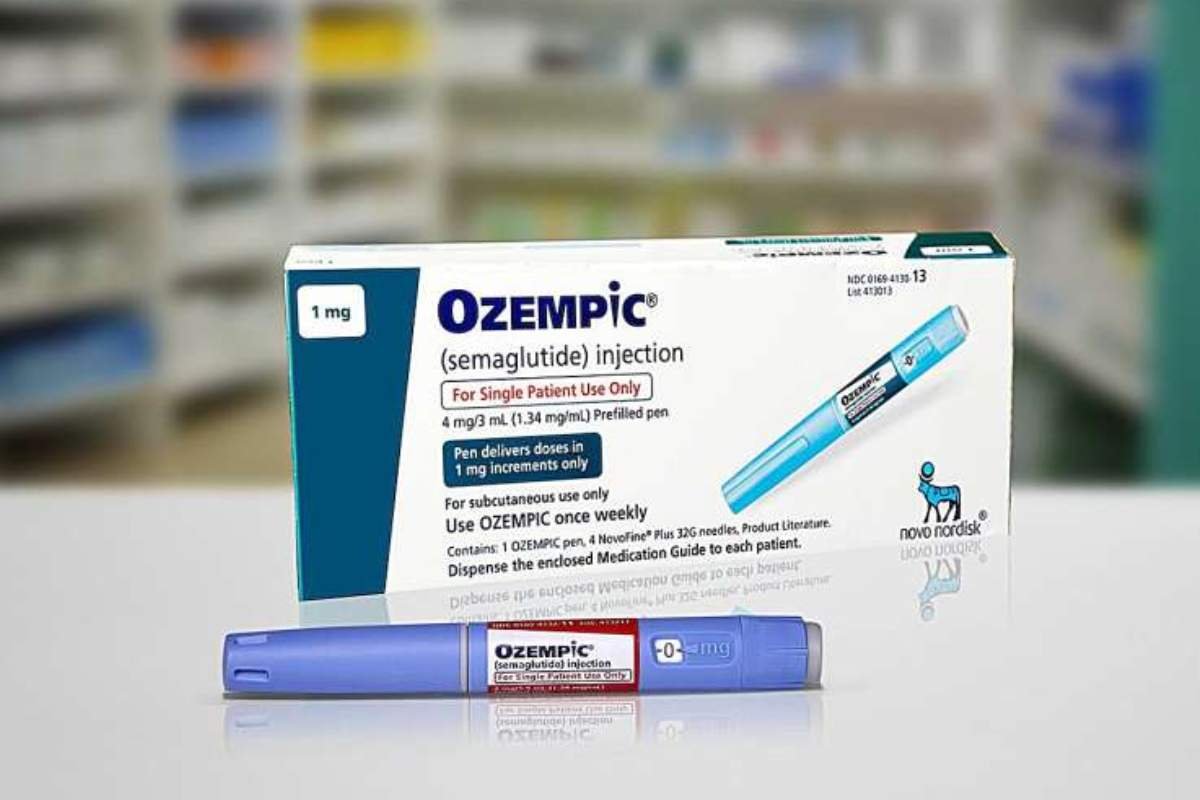Physical therapy, often abbreviated as PT, is a transformative healthcare discipline focused on promoting, restoring, and maintaining physical function and overall well-being. With its roots deeply embedded in rehabilitation, it plays a pivotal role in aiding individuals recovering from injuries, surgeries, or chronic conditions. This article delves into the multifaceted world of physical therapy, exploring its applications, benefits, and real-life examples that underscore its significance in the realm of healthcare.
What is Physical Therapy?
Physical therapy encompasses a spectrum of interventions designed to optimize physical function, alleviate pain, and enhance the quality of life. It involves a combination of exercises, manual techniques, and educational strategies tailored to individual needs. The primary goal is to empower individuals to regain independence and resume their daily activities.
Applications:
1. Orthopedic Rehabilitation:
It is widely employed in orthopedic settings to address musculoskeletal issues. Whether it’s recovering from a joint replacement surgery or managing chronic conditions like arthritis, PT interventions aim to improve mobility, reduce pain, and restore joint function.
2. Neurological Rehabilitation:
Individuals with neurological conditions, such as stroke, spinal cord injuries, or multiple sclerosis, benefit significantly from physical therapy. Therapists employ specialized techniques to enhance neurological function, improve balance, and regain motor skills.
3. Cardiopulmonary Rehabilitation:
Physical therapists play a crucial role in cardiac and pulmonary rehabilitation programs. They guide individuals with heart or lung conditions through tailored exercises to enhance cardiovascular endurance and respiratory function.
4. Pediatric Physical Therapy:
Children facing developmental challenges or congenital conditions find support in pediatric therapy. Therapists work collaboratively with parents to enhance motor skills, coordination, and overall physical development.
5. Geriatric Rehabilitation:

The aging population often encounters mobility issues and balance problems. It interventions for older adults focus on maintaining independence, preventing falls, and managing chronic conditions associated with aging.
The Complete Journey
1. Initial Assessment:
The journey typically commences with a comprehensive assessment. Therapists evaluate the individual’s medical history, current physical condition, and specific goals. This information forms the basis for developing a personalized treatment plan.
2. Customized Treatment Plans:
Based on the assessment, therapists design customized treatment plans that may include a combination of exercises, stretches, manual therapy, and modalities like heat or cold therapy. These plans are dynamic, evolving as the individual progresses.
3. Hands-On Techniques:
Manual therapy, a hands-on approach, is a cornerstone of therapy. Techniques such as joint mobilization, soft tissue mobilization, and manipulation are applied to enhance flexibility, alleviate pain, and restore normal movement patterns.
4. Therapeutic Exercises:
Targeted exercises form a significant component of physical therapy. These exercises are designed to strengthen muscles, improve flexibility, and address specific functional limitations. They are crucial for achieving long-term rehabilitation goals.
5. Education and Prevention:
Beyond direct interventions, physical therapists provide education on injury prevention, body mechanics, and lifestyle modifications. Empowering individuals with knowledge ensures they actively participate in their recovery and adopt practices that promote long-term well-being.
Real-Life Examples
1. Post-Surgical Rehabilitation:

Imagine an individual recovering from knee replacement surgery. Physical therapists guide them through a carefully structured rehabilitation program, starting with gentle range-of-motion exercises and gradually progressing to weight-bearing activities. The goal is to restore mobility, reduce swelling, and strengthen the surrounding muscles, facilitating a smooth recovery.
2. Stroke Rehabilitation:
For someone who has experienced a stroke, physical therapy is instrumental in regaining motor control and independence. Therapists may work on balance exercises, gait training, and activities to improve coordination. The focus is on retraining the brain and body to overcome the impact of the stroke.
3. Sports Injury Rehabilitation:
Athletes recovering from sports injuries often turn to this type of therapy to expedite their return to peak performance. Therapists assess the specific demands of the sport, devise sport-specific exercises, and address biomechanical imbalances to prevent future injuries.
4. Chronic Pain Management:
Individuals grappling with chronic pain conditions, such as fibromyalgia or lower back pain, find relief through this therapy. Therapists employ a multidisciplinary approach, combining exercises, manual therapy, and pain education to enhance function and reduce reliance on pain medications.
It’s Impact:
1. Enhanced Mobility:
Physical therapy is a catalyst for improved mobility. Whether it’s regaining the ability to walk independently or restoring range of motion in a joint, the impact on an individual’s mobility is profound.
2. Pain Reduction:
Pain management is a central focus of such therapy. Through targeted interventions, therapists address the root causes of pain, providing relief and enabling individuals to engage in daily activities without persistent discomfort.
3. Functional Independence:

The ultimate goal of physical therapy is to restore functional independence. Individuals who once struggled with basic activities regain the ability to perform tasks essential to daily living, fostering a sense of autonomy.
4. Prevention of Further Complications:
It is proactive in preventing further complications. By addressing underlying issues, improving muscle strength, and enhancing overall physical condition, individuals are less prone to recurrent injuries or worsening of existing conditions.
Conclusion:
Physical therapy serves as a guiding light for individuals on the journey to recovery. Its reach is extensive, covering various areas such as orthopedic rehabilitation and pediatric care, showcasing its adaptability. Real-life instances emphasize the concrete benefits of this therapy, empowering individuals to surmount obstacles and regain their physical health. In its dynamic evolution, it remains a crucial player, pivotal in unleashing wellness potential and reinstating the delight of movement.
Whether aiding someone in recovering from surgery, helping a stroke survivor regain motor control, or assisting athletes in bouncing back from injuries, it proves its significance in diverse scenarios. Ultimately, it’s about enhancing mobility, reducing pain, and fostering independence, marking physical therapy as an invaluable asset in the realm of healthcare.










